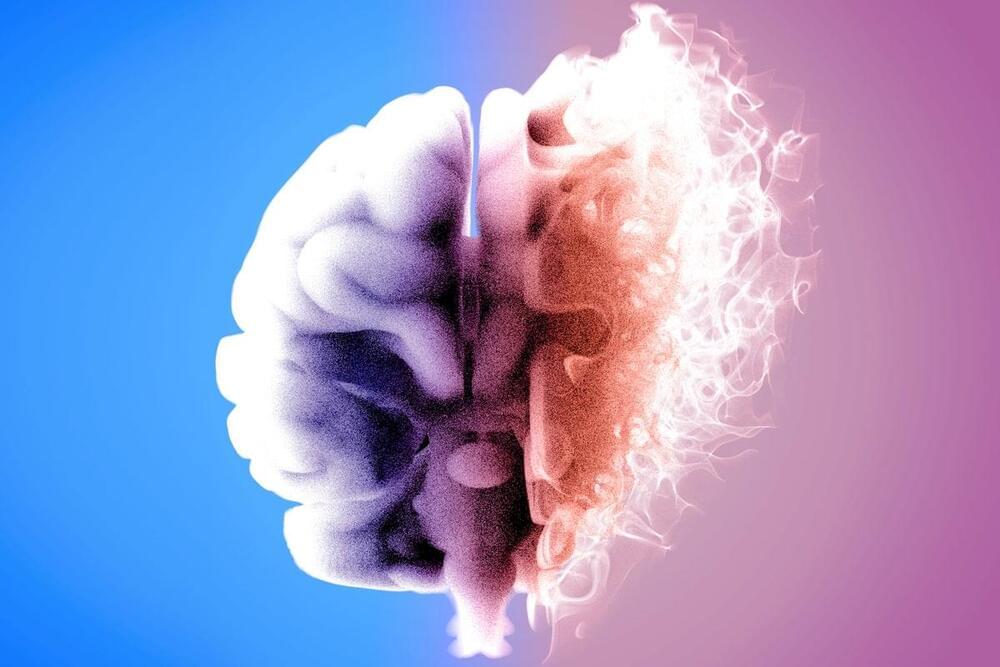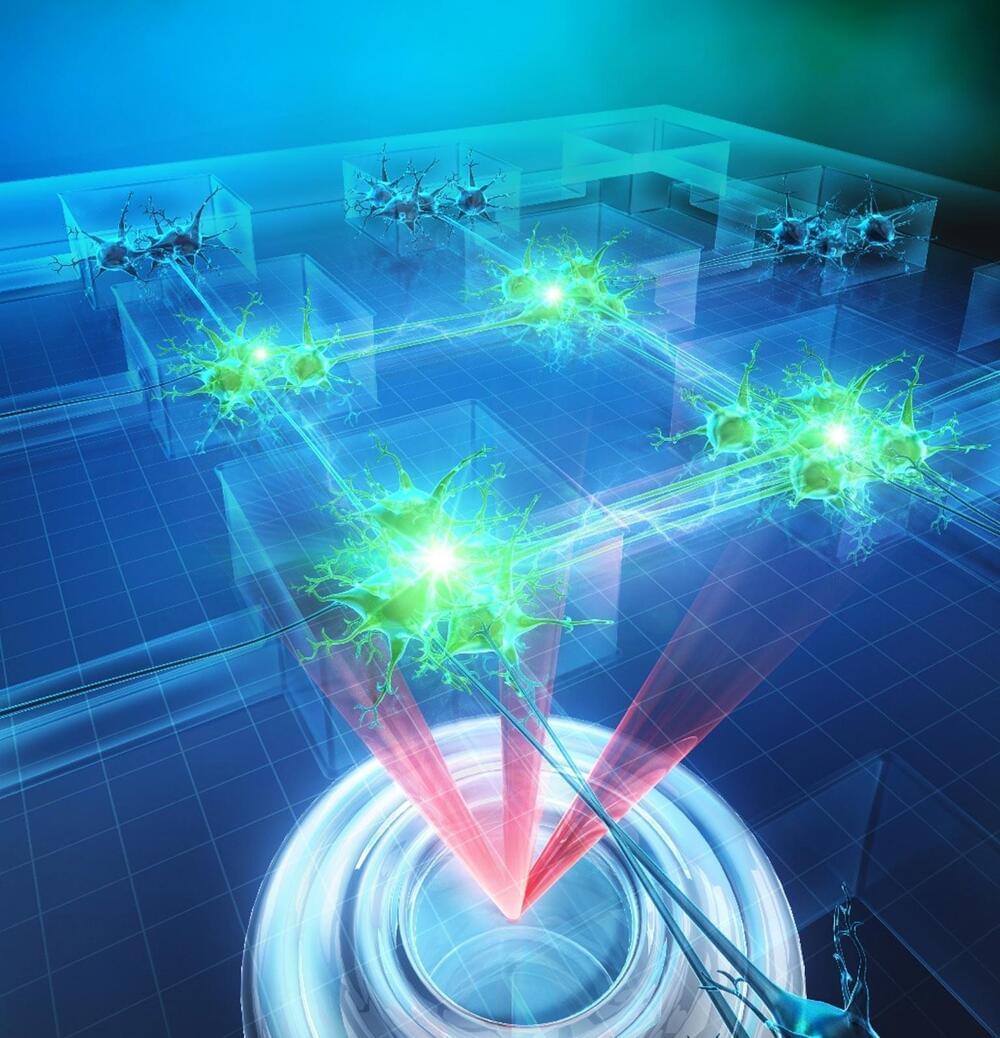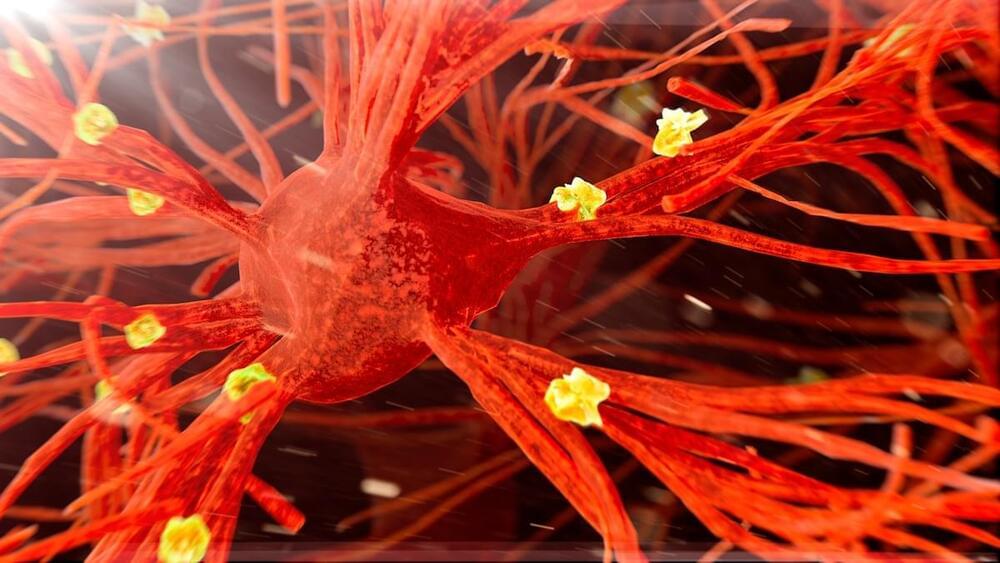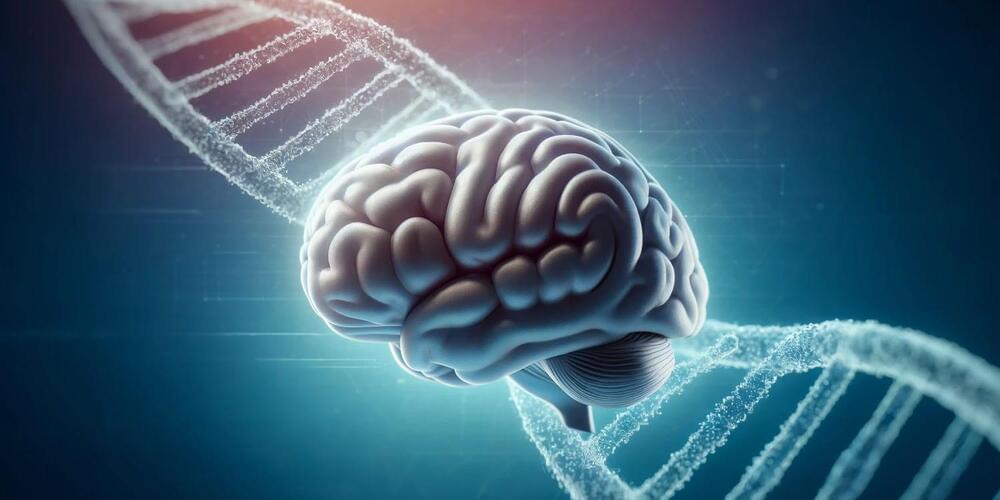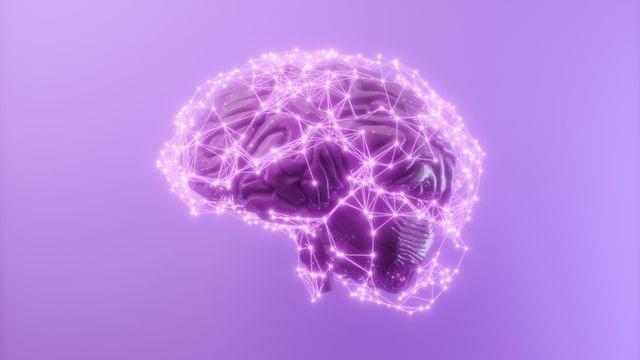Neuroscientists have identified the physical locations where memories are stored in the brain. But would that enable us to retrieve memories from someone who has died?
Category: neuroscience – Page 121
Summary: A new study reveals that humans think at a rate of 10 bits per second, while sensory systems process a billion bits per second—100 million times faster. This highlights a paradox: why does the brain process thoughts so slowly when sensory input is so vast?
Researchers propose that the brain’s evolution prioritized focusing on single “paths” of thought, akin to navigating abstract concept spaces. These findings challenge notions of brain-computer interfaces enabling faster communication, as the brain’s inherent speed limit persists.
You can trigger a dizzy spell by standing up too fast, skipping lunch, spinning in a circle, or drinking too much alcohol. Dizziness can be linked to one’s ears, brain, heart, or metabolic system. The treatments, likewise, are heterogeneous. In benign paroxysmal positional vertigo, crystals in the inner ear canals become loose; physical repositioning, known as maneuvers, can usually treat it. For conditions of chronic dizziness called persistent postural perceptual dizziness (P.P.P.D.), vestibular rehabilitation and S.S.R.I.s, which normally treat depression and anxiety, seem to work better. Vestibular migraine is treated through the use of migraine-specific supplements or medications—which wouldn’t be advised for someone with the buildup of inner-ear fluid known as Ménière’s disease.
The sensation we call dizziness is a sort of general alarm system for the body—but just as a fire alarm can’t tell you where a fire is burning (or whether someone walked through the emergency exit by mistake), it doesn’t necessarily tell you what’s wrong. Dasgupta argued that diagnosing the causes of dizziness requires a lost clinical art known as anamnesis, or a holistic interview about the patient’s symptoms and their surrounding context. “This is like detective work,” he said. Diego Kaski, who treats vestibular patients as a consulting neurologist at the U.K.’s National Hospital for Neurology and Neurosurgery, tries to understand his patient’s symptoms by imagining that they are happening to him. He often relies on gestures: if people have vertigo, which includes the illusion of movement, “they might spin their finger or their hand around,” Kaski told me. Others will hold onto their heads or rock their upper bodies from side to side. Patient accounts tend to be psychological as well as physical. “You lose control of what your body is doing, and that can be quite a fearful experience,” Kaski said. Many dizzy people wonder whether they are dying.
While visiting doctor after doctor, I learned from a Google search about what sounded like a dizziness utopia: the German Center for Vertigo and Balance Disorders, or D.S.G.Z., in Munich. It was originally funded by the German federal government and, since 2019, has operated as an interdisciplinary center of the University Hospital of Munich.
Misfolded proteins may preserve postmortem brains well after other tissues have decayed.
By Kermit Pattison edited by Tanya Lewis
No part of our body is as perishable as the brain. Within minutes of losing its supply of blood and oxygen, our delicate neurological machinery begins to suffer irreversible damage. The brain is our most energy-greedy organ, and in the hours after death, its enzymes typically devour it from within. As cellular membranes rupture, the brain liquifies. Within days, microbes may consume the remnants in the stinky process of putrefaction. In a few years, the skull becomes just an empty cavity.
Tohoku University scientists created lab-grown neural networks using microfluidic devices, mimicking natural brain activity and enabling advanced studies of learning and memory.
The phrase “Neurons that fire together, wire together” encapsulates the principle of neural plasticity in the human brain. However, neurons grown in a laboratory dish do not typically adhere to these rules. Instead, cultured neurons often form random, unstructured networks where all cells fire simultaneously, failing to mimic the organized and meaningful connections seen in a real brain. As a result, these in-vitro models provide only limited insights into how learning occurs in living systems.
What if, however, we could create in-vitro neurons that more closely replicate natural brain behavior?
The glymphatic system becomes more active during sleep, especially during deep sleep, allowing for more effective waste clearance, said psychiatrist Dr. Jingduan Yang, founder of the Yang Institute of Integrative Medicine in Pennsylvania.
In a mouse study published in Science, researchers used tracers to monitor changes in cerebrospinal fluid flow. They found that during sleep, the interstitial, or intervening, space expanded by more than 60 percent, and the tracer influx increased. The brain’s clearance rate of beta-amyloid doubled during sleep (or under anesthesia) compared to the awake state.
Pig-to-human kidney transplants. A blood test for Alzheimer’s. Birth control without a prescription. These were just a few of the advancements in health and medicine in 2024.
A rare genetic variant, APOE3 Christchurch, delays Alzheimer’s onset by years in high-risk individuals, offering insights into disease resilience. This discovery could guide new treatments targeting similar protective pathways for Alzheimer’s prevention and therapy.
An important update on E5.
Here we look at an attempt to replicate the amazing results with E5 from Dr Katcher’s 2020 paper by an institute that has been set up in Brazil.
Some links are affiliate links so we will earn a commission when they are used to purchase products.
If you would like to support our channel please consider joining our patreon / modernhealthspan.
Stemregen 15% discount Code MODERN https://tinyurl.com/45z968yr (Only available in the US)
Renue By Science 10% discount code MHS: https://tinyurl.com/bdew4bfs.
NMN Powder https://tinyurl.com/syc7rwkh.
DoNotAge 10% discount code MHS https://tinyurl.com/6dbvhv87
NMN https://tinyurl.com/wyzj2f3d CaAKG https://tinyurl.com/2h79stt2
Wellness Extract 10% discount Code MODERNWE Geranylgeraniol Essential http://wellnessextract.com/RICHARDWE Delta Gold Vit E
Pendulum 20% Discount Code HEALTHSPAN
Akkermansia https://pendulumtherapeutics.sjv.io/b…
Metabolic Daily https://pendulumtherapeutics.sjv.io/N…
n1o1 Nitric Oxide 10% discount with code Modern https://tinyurl.com/3esakm4s.
n1o1 Nitric Oxide Lozenges https://tinyurl.com/yh4rrtht.
Age-Defiance Face Cream https://tinyurl.com/4zr959zh.
OmegaQuant 5% discount Code MODERN https://omegaquant.com/shop/
Bulletproof 15% off with coupon code: HEALTHSPAN15: https://tinyurl.com/4npjk5vp.
Inner Fuel Gut support https://bulletproof.fdf2.net/PyDKDM
Omega-3 Krill Oil https://bulletproof.fdf2.net/xkdxmy.
Nuchido Time+ 20% discount of first purchase with code MODERN20 https://nuchido.com/MODERN
OneSkin 15% Discount: Code MODERN https://tinyurl.com/3t6tevj8 OS-01 Face Topical Supplement https://tinyurl.com/29c8wrr2
Neurohacker Qualia Senolytic https://tinyurl.com/22t9thrn.
TruDiagnostics 12% Discount Code MODERN TruAGE PACE https://trudiagnostic.pxf.io/oqYVMY
☕If you would like to support our channel, we’d love a coffee…thank you! https://www.buymeacoffee.com/mhealthspan.
⏲️Chapters.
🌐Links in this video.
Next in our New Year countdown, a study found that traumatic experiences during childhood may impair muscle function later in life.
Read more.
A University of Michigan study has shown that traumatic experiences during childhood may get “under the skin” later in life, impairing the muscle function of people as they age.
The study examined the function of skeletal muscle of older adults paired with surveys of adverse events they had experienced in childhood. It found that people who experienced greater childhood adversity, reporting one or more adverse events, had poorer muscle metabolism later in life. The research, led by University of Michigan Institute for Social Research scientist Kate Duchowny, is published in Science Advances.
Duchowny and her co-authors used muscle tissue samples from people participating in the Study of Muscle, Mobility and Aging, or SOMMA. The study includes 879 participants over age 70 who donated muscle and fat samples as well as other biospecimens. The participants also were given a variety of questionnaires and physical and cognitive assessments, among other tests.



